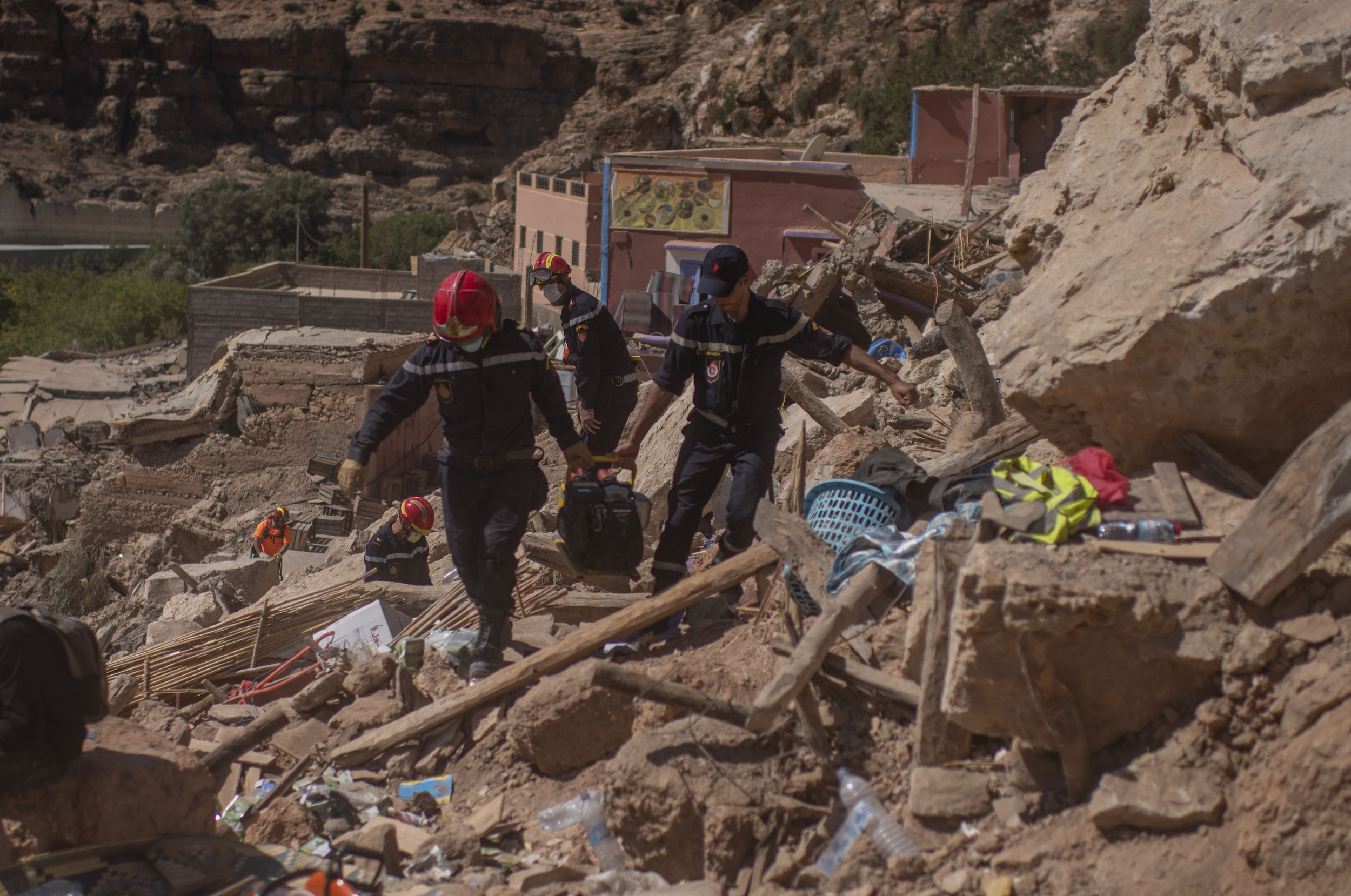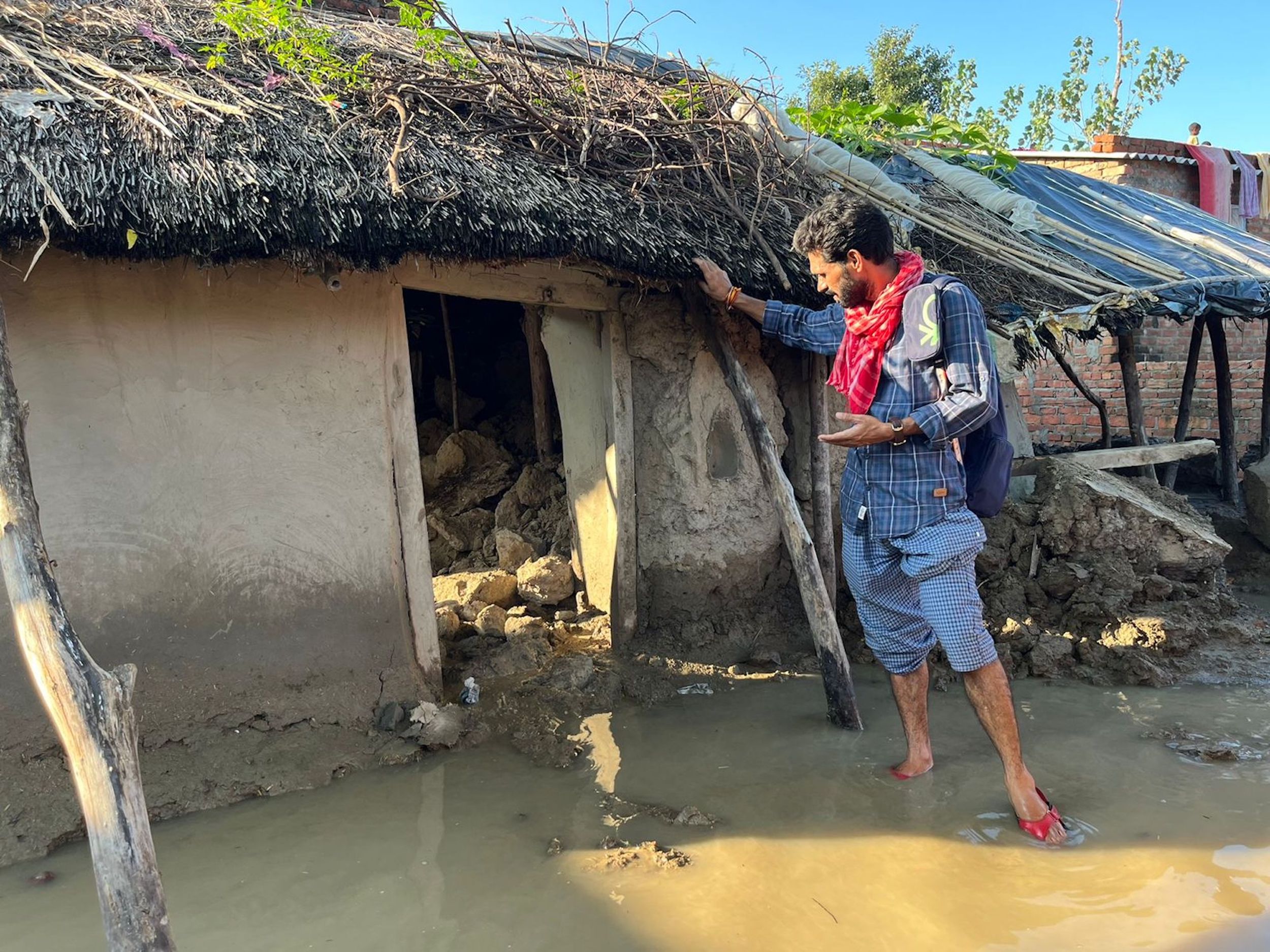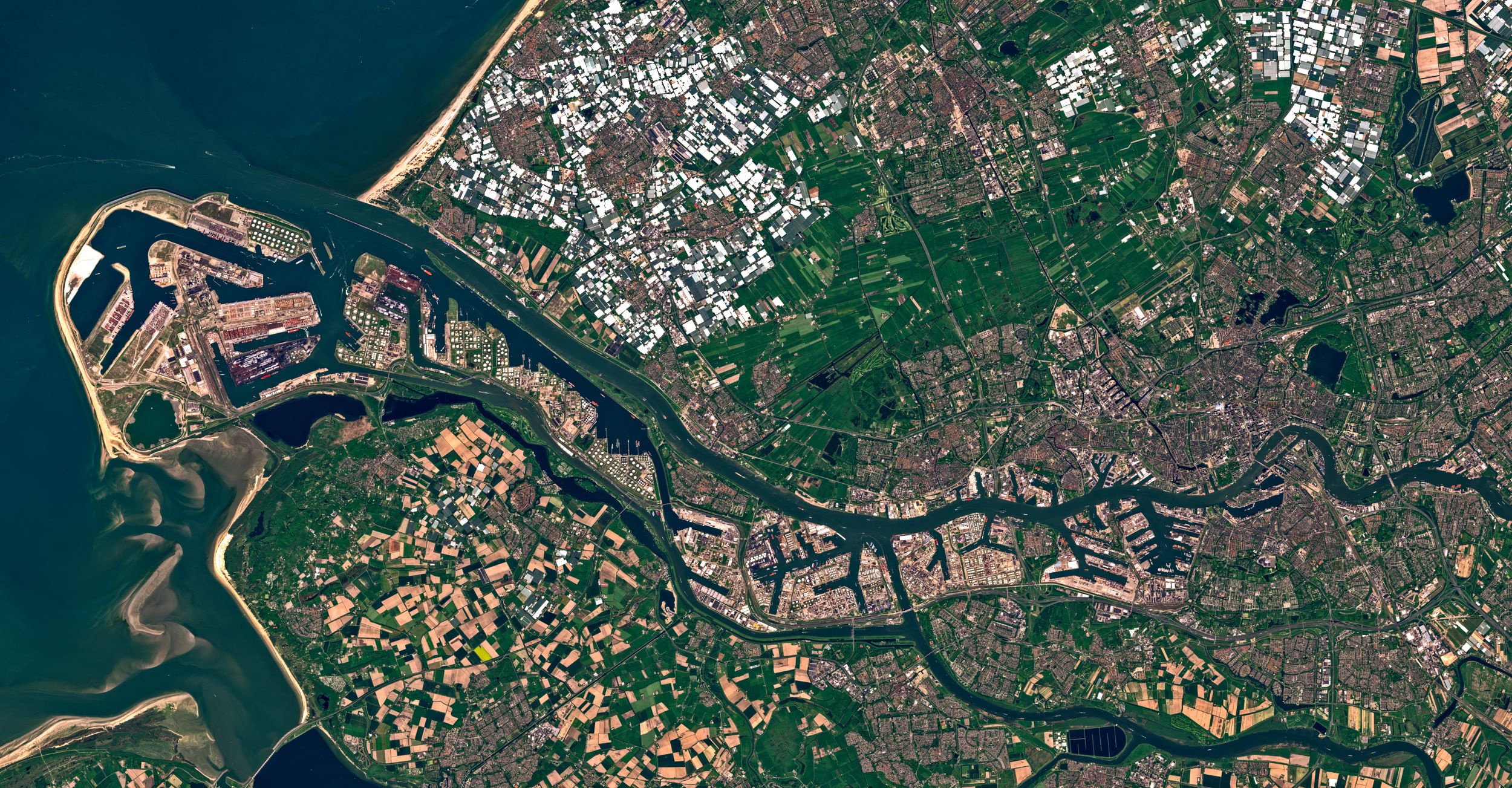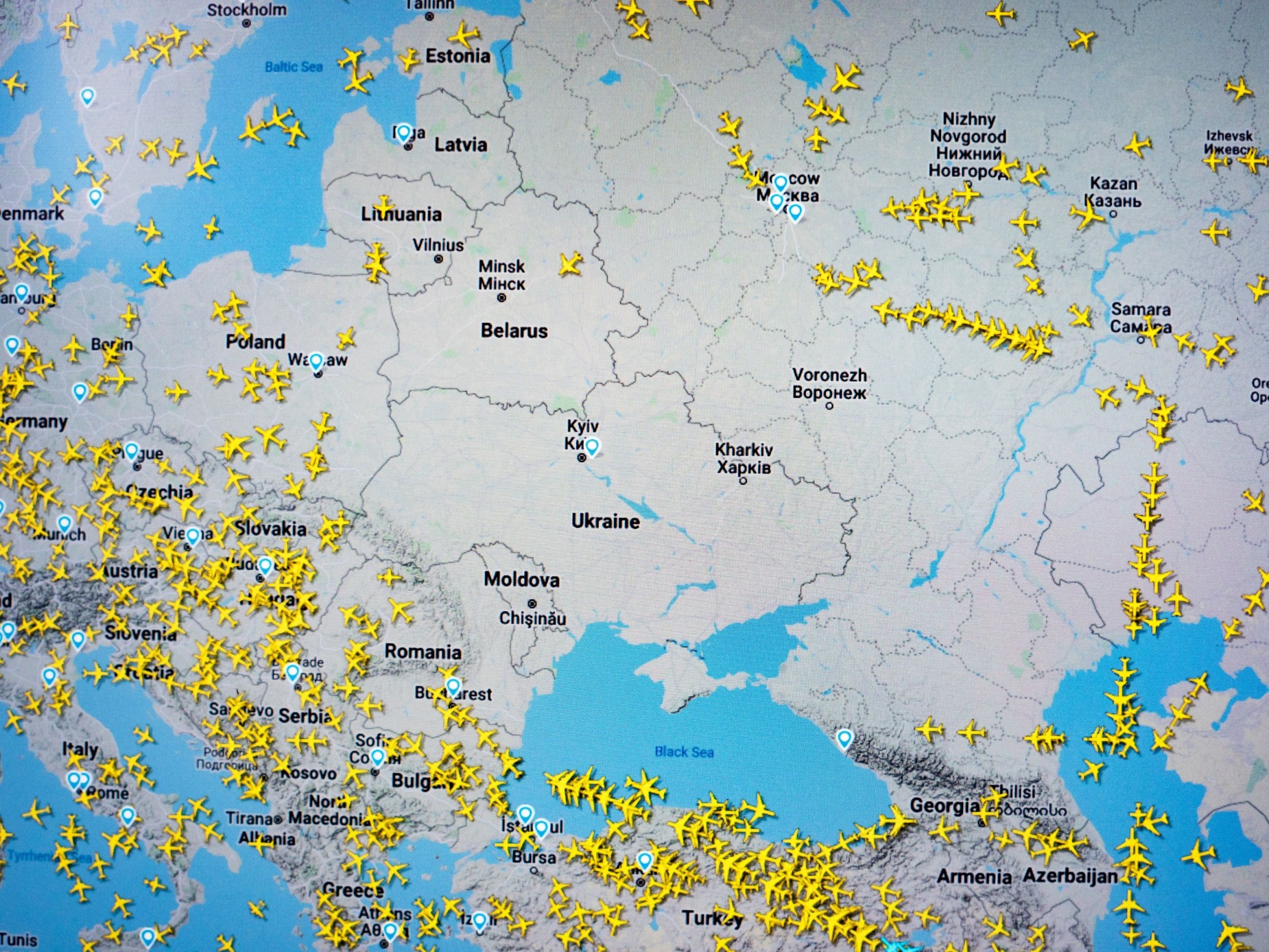تضطلع الشبكات الاجتماعية بعدة أدوار بالنسبة لمؤسسات الصحافة، فهي بوابة لترويج الروابط وإيصالها إلى فئات عديدة من الزوار، بينهم زوار جدد، كما تشكّل أحد المصادر الأولية للأخبار، وهي كذلك إحدى وسائل التعريف بالمؤسسة وبما تقوم به من عمل.
إلّا أن هذه الشبكات أضحت منافسة لوسائل الإعلام، ليس فقط في تمكينها المستخدمين من نشر الأخبار وتداولها دون الحاجة لأن يرد الخبر في وسيلة إعلامية، بل صارت تستقطب كذلك المعلنين لنشر إعلاناتهم فيها، بتعريفات مالية تكون عادة أقل بكثير ممّا تطلبه وسائل الإعلام بشكل عام، وبنسبة نجاح تبدو أكثر نجاعة من هذه الوسائل بما أن معدل الوقت الذي يقضيه مستخدمو الإنترنت في تصفح الشبكات الاجتماعية يفوق ما يقضوه على وسائل الإعلام الرقمية.
وعند الحديث عن الإعلانات في الفضاء الرقمي، لا يمكن أبدا إغفال الإعلانات التي تستقطبها شركة غوغل، إذ تحوّلت هذه الأخيرة إلى المنصة الأولى للإعلان على الإنترنت، غير أن شركة غوغل تتيح للمواقع الإخبارية الاستفادة من إعلاناتها بأن تضع هذه المواقع أكواد إعلانات غوغل في منصاتها بما يمكِّن الاثنين من الربح، (غوغل والمواقع الإخبارية)، لذلك ارتأينا الاقتصار في هذا التقرير على الإعلان في المواقع الاجتماعية، بما أن الربح حتى الآن لا يزال أحاديا ومقتصرا فقط عليها.
وتشير أرقام موقع "emarketer"إلى أنه من بين أكبر المنصات التي تحتل المراتب العشرة الأولى في جلب الإعلانات بالولايات المتحدة، توجد ثلاثة مواقع اجتماعية، وفيسبوك هو من يحتل المرتبة الثانية في القائمة ككل. كما لا يوجد من بين المواقع العشرة أيّ موقع إخباري، اللّهم إذا اعتبرنا موقع ياهو الذي حلّ في المركز الرابع موقعا إخباريا، وهو الذي يعدّ بوابة إنترنت تشتمل على الكثير من الخدمات، منها نشر الأخبار.
كما يظهر أن حجم الإعلانات التي تُستثمر عبر العالم في وسائل التواصل الاجتماعي، ستتجاوز في أفق السنوات الثلاث القادمة، تلك التي تُستثمر في الصحف المطبوعة، وفق ما تؤكده دراسة قامت بها مؤسسة "زينيت أوبتيميديا" الفرنسية، كما من المتوقع أن تستحوذ الشبكات الاجتماعية على 20% من مجموع الإعلانات في الفضاء الرقمي في أفق سنتين، وستصل أرقامها بالتالي إلى 50 مليار دولار.
ويظهر أن السلطات القائمة على الإعلام في أكثر من بلد على وعي بمنافسة الشبكات الاجتماعية لوسائل الإعلام في جذب الإعلانات، فقد سبق للحكومة الجزائرية أن حظرت توجه المعلنين المحليين إلى المواقع الأجنبية، خاصة غوغل وفيسبوك، لأسباب تتعلّق بالحفاظ على مخزون البلاد من العملة الصعبة، مما سيعود بالنفع على المواقع المحلية التي ستستفيد من هذا الحظر.
وبدورها بدأت سلطة المنافسة في فرنسا تحقيقا حول ما يجري من تنافس على جذب الإعلان في الفضاء الرقمي وكيف يقع هذا التنافس وهل يحترم القوانين أم لا، وسيتم الإعلان عن نتائج التحقيق منتصف عام 2017. وبحسب تقارير الصحافة الفرنسية، فالإعلان في الإنترنت تجاوز نظيره في التلفزيون بكامل أوروبا، إذ يصل الأول إلى 36,2 مليار يورو بينما لا يتجاوز الثاني 33,3 مليار يورو (أرقام خاصة بـ2015).
كما سبق لوزارة الاتصال بالمغرب، أن أكدت العام الماضي في بيان لها "أن الصحافة الإلكترونية تنطلق في المغرب وهي تعاني من الهشاشة بسبب اللجوء إلى الإشهار في محرك البحث العالمي غوغل أو موقع التواصل فيسبوك أو غيرهما"، وأشارت الوزارة إلى أنها ستبدأ مفاوضات لحماية المقاولات الإعلامية المغربية من استحواذ المعلنين العالميين على سوق الإشهار بالمغرب.
ويعزز هذا الكلام إحصائيات صادرة عن تجمع المعلنين بالمغرب، فما بين %60 و70% من المعلنين حاضرون في يوتيوب وتويتر، و55% يضعون استراتيجيات خاصة بالشبكات الاجتماعية، ويستحوذ فيسبوك على صدارة الشبكات الاجتماعية للمعلنين، فكلهم تقريبا حاضرون فيه، بل إن 77% منهم يخططون للإعلان على هذا الموقع خلال العام الجاري، وهو أكبر من رقم المعلنين الذين يخططون لعرض إعلاناتهم في المواقع الإلكترونية (62%)، وأعلى كذلك من ميزانية التواصل الإلكتروني مع الصحافة (66%).
الإحصائيات التي قدمها تجمع المعلنين بالمغرب خلال القمة الأفريقية الرقمية شهر ديسمبر/كانون الأول 2016، تبيِّن أن المعلنين على وعي تام بما يمكن أن يضيف الفضاء الرقمي من إفادة قوية لشركاتهم، فـ10% فقط من المستجوبين صرّحوا أنهم لا يتوفرون على استراتيجية رقمية، و52% منهم أكدوا أنهم سيوظفون أشخاصا للعمل ضمن مخططاتهم الرقمية خلال عام 2017، ومن الوظائف الجديدة المرشحة بقوة، هناك محترف علم بيانات "Data Scientist"، ورئيس الإعلام الإلكترونيومطوّر ويب.
وتبين الأرقام ذاتها أن حوالي 81% من المعلنين يضعون حاليا ميزانية تفوق 6% من مجموع ميزانية التسويق والتواصل لأجل استراتيجيتهم الرقمية، وحوالي 56% يضعون لأجلها ما يفوق 11%.
أما شركات الاتصالات والإعلام المرئي في المغرب، فتبقى أكبر من يضع ميزانيات للاستراتيجيات الرقمية، برقم يتجاوز حاليا 15 مليون درهم سنويا (1,5 مليون دولار)، متبوعة بالبنوك وشركات التأمين، من 5 لـ10 مليون درهم سنويا (مليون و500 ألف دولار)، ثم شركات السيارات والعقار، من مليون لـ4 ملايين درهم (100 ألف لـ400 ألف دولار).
مثال بموقع هسبريس.. أوّل موقع إخباري مغربي
رغم الإمكانيات الكبيرة التي تخوِّلها الشبكات الاجتماعية للمعلنين، إلَّا أن سارة مرسلي، مسؤولة القسم التجاري بالجريدة الإلكترونية هسبريس، ترى أن المقاولات الصغرى والمتوسطة هي أكثر من يتجه إلى هذه الشبكات نظرا لثمنها الأرخص وتميّزها بتقديم منتوج سريع الاستهلاك، في حين تبقى المقاولات الكبرى محافظة على وجودها في الصحف الرقمية، خاصة وأن هذه الأخيرة تمكِّن المقاولات من الوصول إلى فئات معينة من السوق قد يصعب الوصول إليها عبر الشبكات الاجتماعية، وهو ما يوجد كذلك خارج المغرب.
وعموما فقبل ظهور الشبكات الاجتماعية، كانت الشركات تتوفر على طرق أخرى للوصول إلى الزبائن دون المرور أساسا عبر الصحافة، كاللوحات الإشهارية في الشوارع وتوزيع المنشورات، ورغم ذلك استمرت في الاعتماد على الصحافة، تؤكد مرسلي لمجلة الصحافة.
وتقول مرسلي إن علاقة الصحافة بشكل عام بالمعلنين هي علاقة تكامل وربح للطرفين أو "Win-win"، فالصحافة الرقمية تعتمد بالأساس على الإعلان في مواردها المالية، في حين يحتاجها المعلنون للوصول إلى الجمهور، إلّا أن الوصول إلى هذه العلاقة في المجال الرقمي تعتريه مشاكل من الجانبين.
فغالبية الصحف الرقمية في المغرب لم تطوّر من عروضها الإشهارية، ولا تزال تعمل بالأشكال القديمة نفسها التي جرى تجاوزها. وفي الجانب الآخر، لا يزال حضور المعلنين في وسائل الإعلام الرقمية ضعيفا، إذ لا يستغلون إمكانياتها القوية وقدرتها على تقديم إحصائيات دقيقة لا تخولها بقية وسائل الإعلام الأخرى، وكذا أثمنتها التفضيلية القوية التي تقل كثيرا عن أثمنة الإعلان على التلفزيون مثلا، وسرعة تلاؤمها مع تطورات التكنولوجيا، ومن ذلك وجود تطبيقات مواقع إخبارية رقمية على الهواتف الذكية التي أضحت تشكّل اليوم البوابة الرئيسية للولوج إلى الانترنت بدل الحواسيب.









































